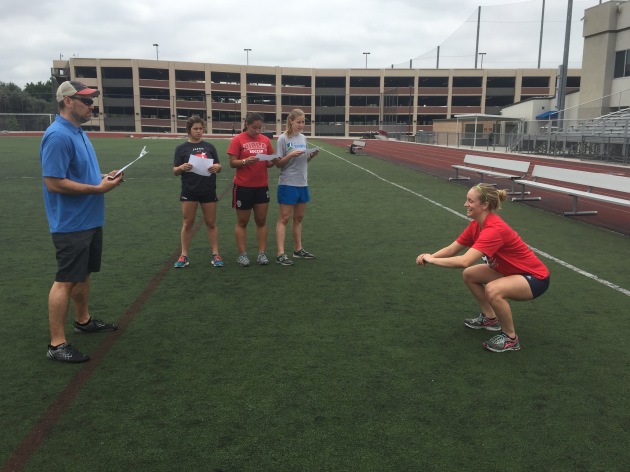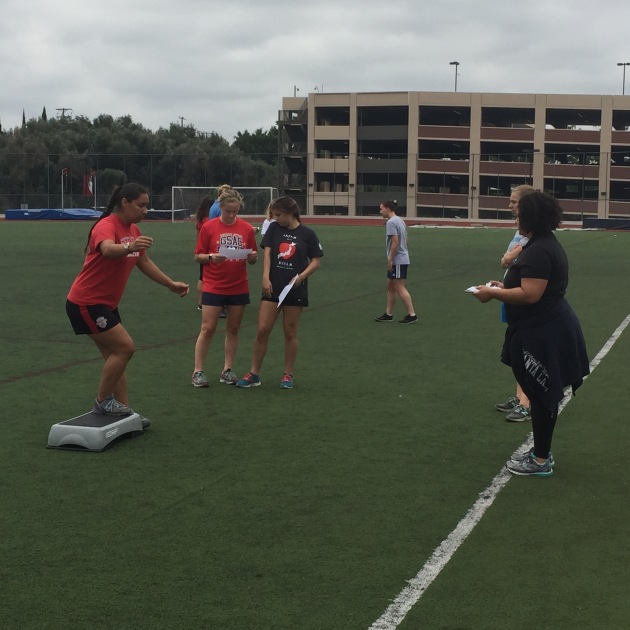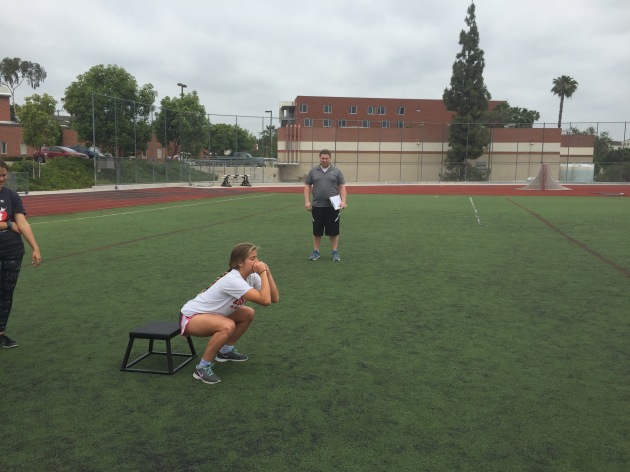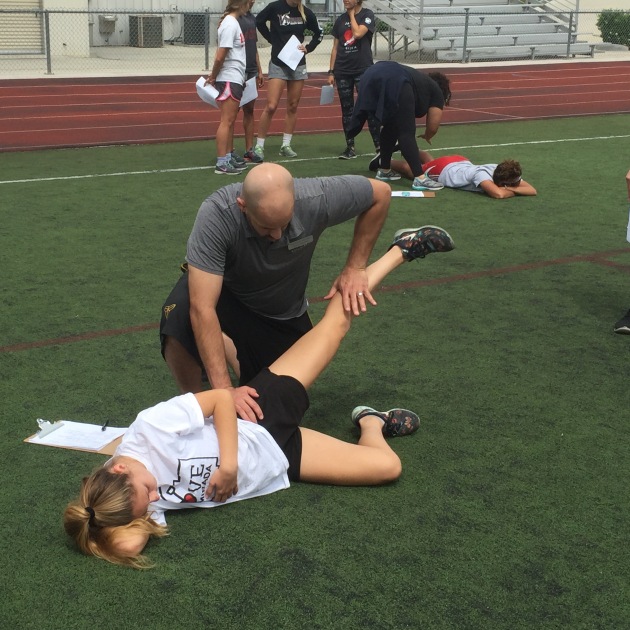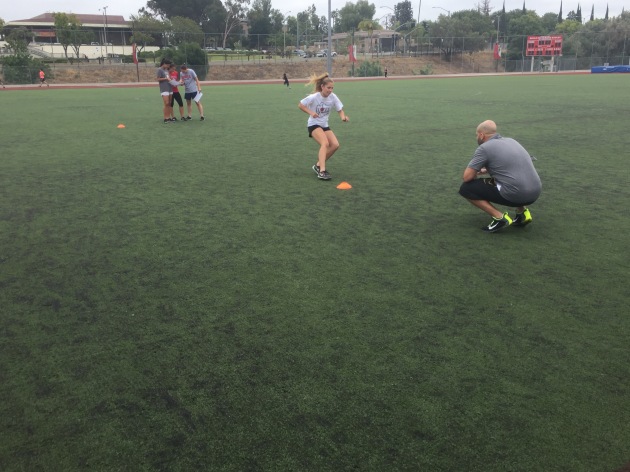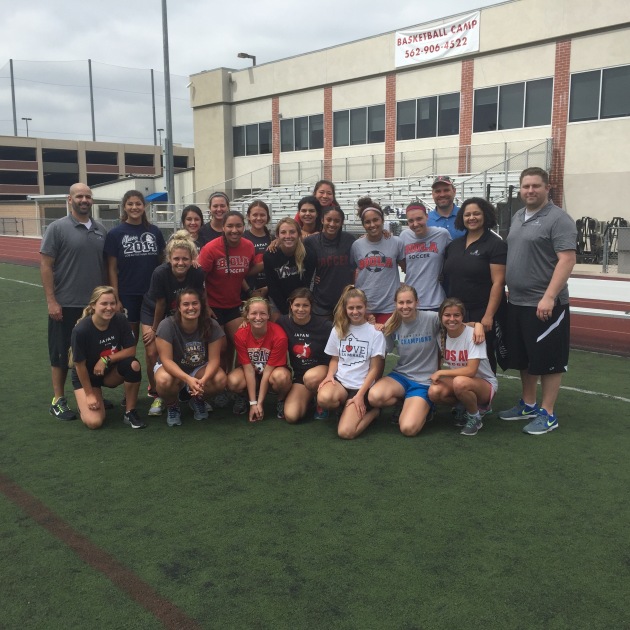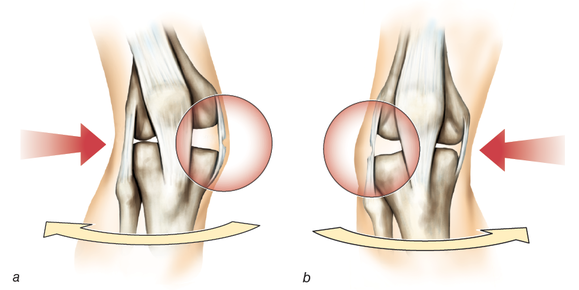Tomorrow marks the official opening weekend of the new NFL season and with it comes 5 months of fantasy football goodness. With every new season comes new injuries, which can take a promising draft and turn it into mush in the blink of an eye.
Each week, we’ll go around the league and analyze the Friday injury reports and discuss what the designations mean for each player’s availability this week and beyond.
And just in case you weren’t already aware, the NFL has changed its rules on how teams must report each player on their respective injury report. The designations are as follows:
Questionable (Q): The most ambiguous of all the designations, this essentially means that a player is uncertain to play in the coming week. This can be interpreted in a multitude of ways, but there is no scale or percentage likelihood that a guy will suit up. Because the league decided to get rid of the Probable tag, any player who has uncertainty about their availability will fall into this category, which muddies the waters a bit for us.
Doubtful (D): This means that the player is unlikely to play. This should not change much from how it was used in the past, as players who were listed her typically did not end up playing on Sunday or Monday.
Out (O): Pretty straightforward: he’s not playing.
Essentially, I’ll be breaking down each offensive position (sorry to my IDP friends) and giving you the player’s injury, practice participation for the week, and what it means for that week’s availability. However, if relevant, I’ll give details on multi-week injuries and update them when new information becomes available.
As always, if you have any questions mid week about possible waiver wire pickups or need clarification on injuries as they happen, feel free to find me on twitter at @z_dahdul and use the hashtag #AskDrZee.
Here’s to an injury-free Week 1 and beyond. Good luck to everyone!
Running Backs
Jamaal Charles (D, post ACL reconstruction): Charles has been back at practice for some time now, but appears to still be working his way back from offseason ACL reconstruction. Although healthy from a tissue-healing standpoint, there are a multitude of factors that play a role in return to sport following this injury, both physical and mental hurdles that need to be cleared. Charles just seems like he isn’t fully there yet, which doesn’t imply he had a setback or is “behind schedule”.
Expect his status to be handled on a week-to-week basis until both he and the training staff feel like he’s ready to get back on the field. Until then, some combination of Spencer Ware and Charcandrick West will be used until Charles is ready to roll, but all signs point to him missing Week 1.
Thomas Rawls (not listed on injury report, offseason ankle surgery): Rawls not being on the injury report is great news for his owners and week 1 availability, but the fact that Christine Michael is listed ahead of him on the depth chart speaks to the Seahawks most likely easing Rawls back into action. Rawls has appeared to recover well, overall, from off-season ankle surgery due to an ankle fracture and ligament reconstruction.
While he may need a few weeks to get adjusted to game speed, he is well beyond the 4-6 month recovery time frame and should be healthy at this point. He may split carries early on, but there’s no reason to think Rawls won’t get the lion’s share once he shows the Seahawks he’s fully recovered.
Chris Ivory (Q, calf strain): Ivory was a limited participant in practice each day this week, hence the questionable tag. However, this has never appeared to be a serious muscle strain and he is expected to suit up and split carries with T.J. Yeldon. Ivory does have a history of minor nagging leg injuries in the past, which is something that should be noted. But this injury in particular appears to be minor in nature and shouldn’t affect his playing time.
Jerick McKinnon (Q, foot injury): Coach Zimmer indicated that this injury is minor and that McKinnon should be ok moving forward. He was a limited participant on both Wednesday and Friday, sitting out Thursday’s practice. This appears to be more precautionary than anything else as McKinnon is expected to play on Sunday.
Matt Jones (Q, AC joint sprain): After injuring his shoulder during the second preseason game, Jones has been held out of game action heading into the start of the season. This was done both as an opportunity for optimal healing time, but also to prevent any unnecessary contact that could set him back even further. Originally described as a low grade acromioclavicular joint sprain (commonly referred to as a separated shoulder), he was able to return to full practice participation this week and is expected to play despite the questionable tag.
Kenneth Dixon (O, sprained MCL): Dixon is expected to miss 2-4 weeks after spraining his medial collateral ligament (MCL).
Jay Ajayi (O, does not appear to be injury related)
Wide Receivers
Julio Jones (not listed on injury report, ankle): Although he was initially limited on Wednesday in practice dealing with a minor ankle sprain, Jones returned to full participation on Thursday and Friday, indicating that he is expected to play. The ankle sprain was considered minor from the get go and all indications are that Jones is ready to go for Week 1.
Will Fuller (not listed on injury report, hamstring): Limited on both Wednesday and Thursday in practice, Fuller returned to a full participant on Friday and was subsequently removed from the injury report. While we’re well aware that hamstring injuries can have a tendency to linger, his full participation on Friday should indicate that the team is not concerned about his available one bit. Expect him to be a full go on Sunday.
Golden Tate (Q, ankle): This tag is likely more related to the fact that he was limited in practice on Wednesday dealing with a minor ankle injury, but after being a full participant in practice both Thursday and Friday, there should be no doubt that he’ll be ready to go on Sunday. Also consider that Tate just doesn’t miss games (four straight seasons and counting) and it’s easy to think that this questionable tag is a product of the new designation system.
Kevin White (Q, hamstring): This one is a bit more concerning that the other WRs on this list, as White didn’t pop up on the injury report until Thursday, when he was limited in practice. He followed that up with a limited participation on Friday, apparently dealing with a hamstring strain. This is important because White has yet to play a regular season game after having a rod inserted into his tibia due to a stress fracture. Compensatory injuries, if that’s what this is, are never good signs, especially when you consider how long awaited his debut has been. I do think he plays this weekend, but it’s hard to expect him to play at full strength or get a full complement of snaps considering how cautious the Bears have been with him. This one bears watching the inactive lists tomorrow morning.
Josh Doctson (Q, Achilles injury): While Doctson was able to put in a full practice on Saturday, he has been hampered by a Achilles injury for over a month now. The fact that he was limited all week doesn’t bode well for him being ready for a full complement of snaps on Monday. While he could still play, this being a Monday game and his involvement in the offense being unknown, it’s best to look elsewhere for week 1 and see where he stands heading into week 2.
Chris Hogan (Q, shoulder injury): Despite being a full participant in practice all week, we find Hogan on the injury report due to a shoulder issue from earlier in the preseason. Barring any reports of setbacks over the weekend, expect Hogan to play and be 100%.
Malcolm Mitchell (Q, dislocated elbow): Mitchell suffered a dislocated elbow during the Patriots preseason opener. While he is likely to wear a brace on the elbow once he returns to the field, a full week of limited participation leaves his availability in doubt. He seems to be progressing well and was given an initial time line of 4 weeks for return to field, but with question marks at QB and TE heading into week 1, it’s hard to justify taking a chance on him this early in the season unless it’s a pure contrarian move. Check the inactive list prior to kickoff, but note that this game is the Sunday nighter.
Tight Ends
Rob Gronkowski (O, hamstring strain): While it initially appeared that he would be ready to go come week 1, it looks like this hamstring strain that he’s been dealing with for weeks just hasn’t gone away. While his missing week 1 hurts, it’s the smart move and will give him the best chance of preventing a nagging or recurrent injury as the season progresses. He is truly a week to week injury at this point, so we’ll have to monitor his practice participation next week and see how he progresses. Stay tuned.
Jimmy Graham (Q, off-season patellar tendon repair): A full participant all week, Graham looks like he is trending towards playing week 1. Graham has not seen real game action since suffering the injury, so expecting him to a have a full workload from the get go is a stretch. While I do expect him to play on Sunday, it’s still prudent to keep expectations in check as this still is one of the most difficult injuries for an NFL player to bounce back from. My expectation is that he’ll be eased into his workload on a week to week basis until he demonstrates he can handle the demands of the position without incident. But for the sake of this week, if you need him, he should active and is expected to play.
Dennis Pitta (Q, fractured finger, hip): What a story Pitta would be if he is ready to roll week 1. He has suffered multiple hip dislocations the last two seasons and his career was written off by many. However, here he is, expected to play week 1 after being a full participant in practice all week. While we have to temper expectations and not compare him to the Pitta we remember, if he can stay healthy (a big IF) he is a favorite target of Joe Flacco and can be a sneaky low end TE1/high end TE2 as we get deeper into the season. Keep on eye on him as we move forward.
Eric Ebron (Q, ankle sprain): Full participant in practice all week, Ebron seems like he is healthy and ready to make his return to the field after spraining his ankle at the beginning of training camp. All signs point to him being out there this week as he’s widely expected to play a prominent role in the Lions’ offense this season.
Tyler Eifert (O, off-season ankle surgery): Having reconstructed the deltoid ligament of his ankle in the off-season (inside of the ankle, less commonly injured) and given a rough timeline of 5-6 months, it’s expected that Eifert will be out at least the first 3 weeks of the season. His return is fluid, however, and it bears watching as we move from week to week.
Quarterbacks
Andrew Luck (not listed on injury report, shoulder): Luck made a short appearance on the injury report as a limited participant early in the week, but it appears to be precautionary at this point as he is returned to a full participant on Friday. Luck has been plagued with a shoulder issue dating back to last season, but with a full off-season of rest and rehab, he should be 100% heading into a brand new season.
Tony Romo (O, fractured lumbar vertebra): Out with a fractured L1 vertebral body, Romo is expected to miss a minimum of 6 weeks and possibly up to 10 weeks.
That’s it for this week. Again, find me on twitter at @z_dahdul for all injury updates and don’t forget to check the inactive lists tomorrow morning 90 minutes before kickoff!
